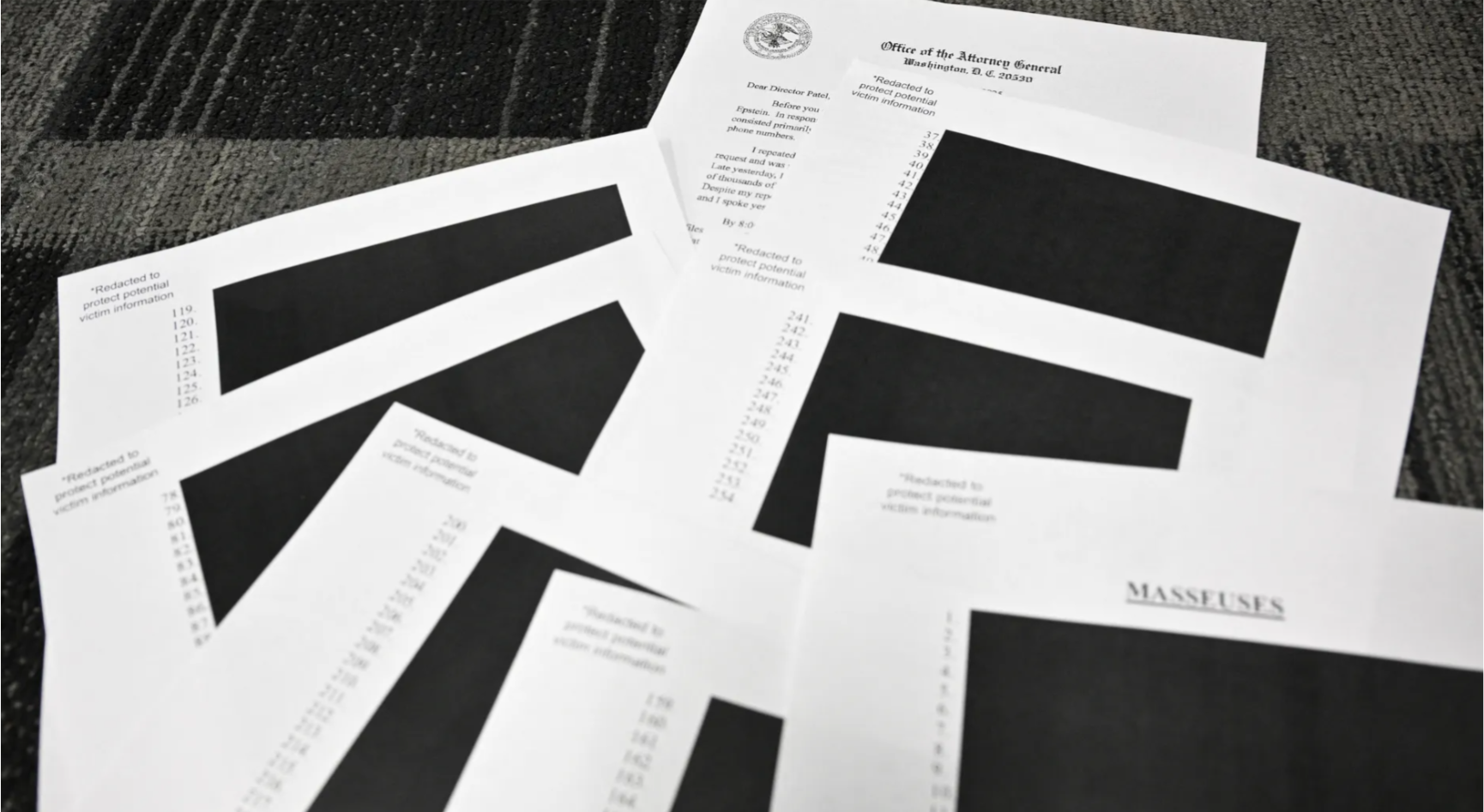(ThyBlackMan.com) Which class of full-time, year-round American workers has the highest median earnings? Is it the class that works for private-sector employers? Is it the class that works for the government? Or is it the entrepreneurial class, those of whom employ themselves?
According to the Census Bureau Personal Income Table 07 (PINC-07), the competition isn’t close. When it comes to making money in the modern United States of America, government workers win.
Among Americans who actually earn income by working, they are the upper class.
In 2017, according to PINC-07, there were 115,704,000 Americans who worked full-time (at least 35 hours per week) and year-round (at least 50 weeks in the year). The table divides these workers into three general classes: “private wage and salary workers,” “government wage and salary workers” and “self-employed workers.”
Of the full-time year-round workers, 88,296,000 were private-sector employees; 17,617,000 were government employees; and 9,750,000 were self-employed. (Another 42,000 were classified as “unpaid family workers.”)
The overall median earnings for all of these full-time year-round workers in 2017 were $48,500.
Workers in private industry, however, made less than the overall median. Their median earnings were $46,797.
The self-employed did a little better than the national rate. Their median earnings were $50,383.
But government workers did the best. Their median earnings were $53,435.
That was 14.2 percent better than private-sector workers and 6.1 percent better than the self-employed.
Among the full-time year-round private sector and self-employed workers, the Census Bureau distinguished between the relatively small number working in agricultural industries and those working in non-agricultural industries.
The 998,000 workers in private-sector agricultural industries had the lowest median earnings ($35,490), and the 631,000 self-employed workers in agricultural industries had the second lowest median earnings ($35,898).
The 87,298,000 private-sector workers in non-agricultural industries had the next highest median earnings ($46,944) but were surpassed by 9,118,000 self-employed workers in non-agricultural industries ($50,693).
The Census Bureau also divided government workers into two categories. Federal government workers comprised one category, numbering 4,178,000 individuals. State and local government workers comprised the other, numbering 13,439,000.
The median earnings of state and local government workers ($51,202) were higher than the median earnings in any of the four categories of private-industry and self-employed workers.
But federal government workers had the highest median earnings of all ($66,028).
Among all the classes of workers whose median earnings were reported in the Census Bureau’s Table PINC-07, the greatest disparity was between those employed in private-sector agricultural jobs and those employed by the federal government.
The median earnings of federal government workers ($66,028) were 86 percent greater than the median earnings of private-sector agricultural workers ($35,490).
The Economic Research Service of the U.S. Department of Agriculture has made a telling observation about one part of the labor force in the American agricultural industry.
“The share of hired crop farmworkers who were not legally authorized to work in the United States grew from roughly 14 percent in 1989-91 to 55 percent in 1999-2001,” it said in a report on farm labor published online.
“Since then,” says the report, “it has fluctuated around 50 percent.”
“In 2012-2014, 47 percent of crop farmworkers were unauthorized, 32 percent were U.S. natives, and 21 percent were authorized immigrants (both citizens and Lawful Permanent Residents, or green-card holders),” said USDA.
Thus, U.S. citizens and lawful permanent residents who work as hired crop farmworkers — and who are part of the most poorly paid class of workers listed in PINC-07 — must compete for wages with people who are “not legally authorized to work in the United States.”
Most federal employees — who are among the best-paid class of workers listed in PINC-07 — presumably do not face the same problem. The share of workers in the Department of Agriculture, or the Department of Homeland Security, who are “not legally authorized to work in the United States” has not “fluctuated around 50 percent” in recent years.
According to the Department of Agriculture, the percentage of hired crop farmworkers who were not authorized to work in the United States was as low as 14 percent in the first few years after President Ronald Reagan left office three decades ago.
Will it be that low again when President Donald Trump leaves office?
If not, it will be one reason to conclude that federal workers are not earning their pay.
Written by Terence P. Jeffrey
Official website; http://twitter.com/terryjeffrey

















Leave a Reply